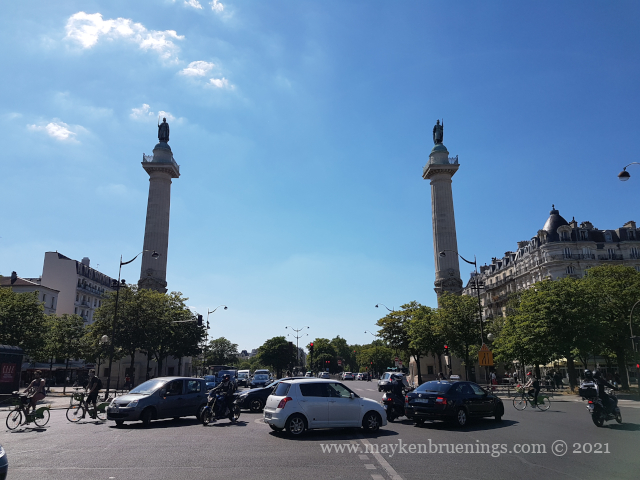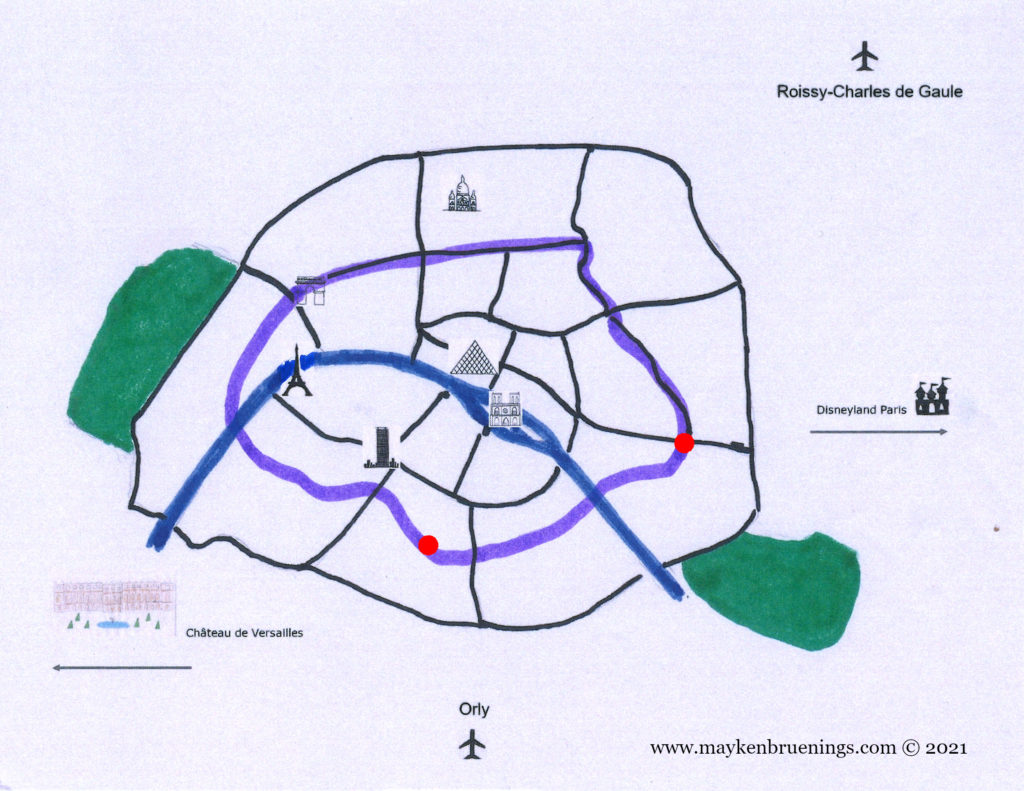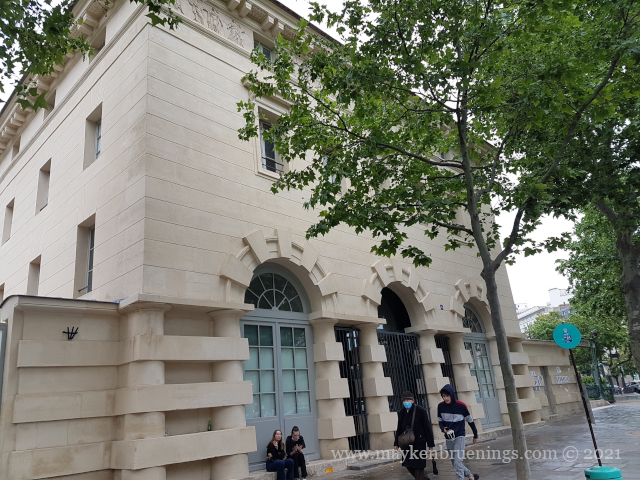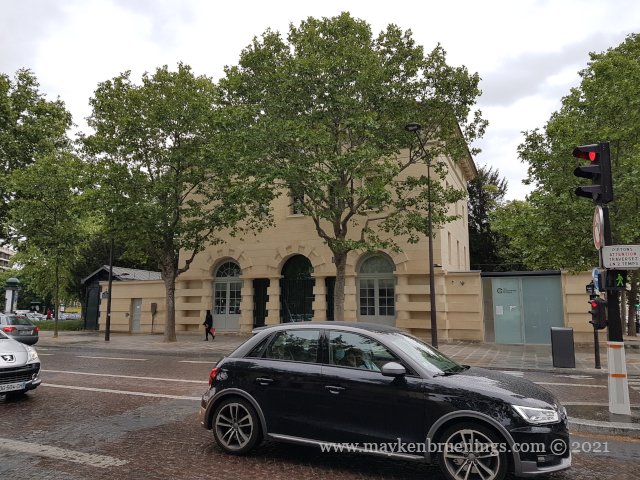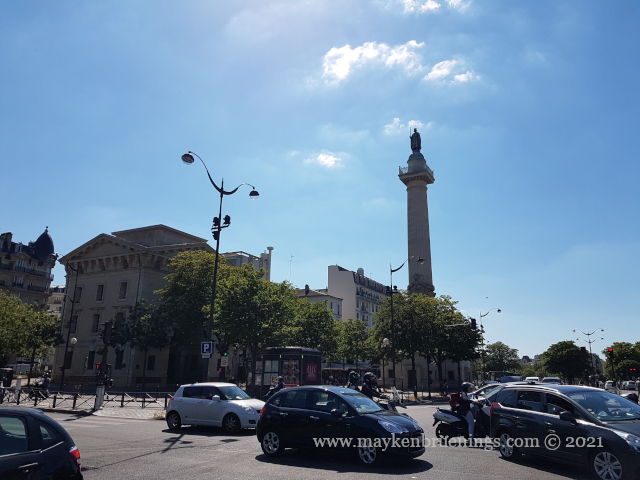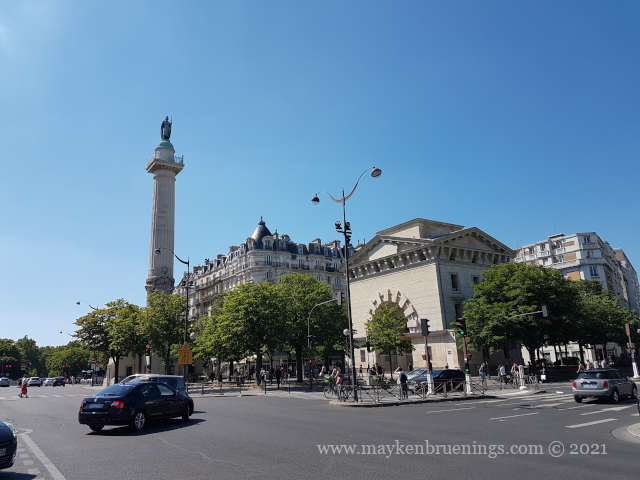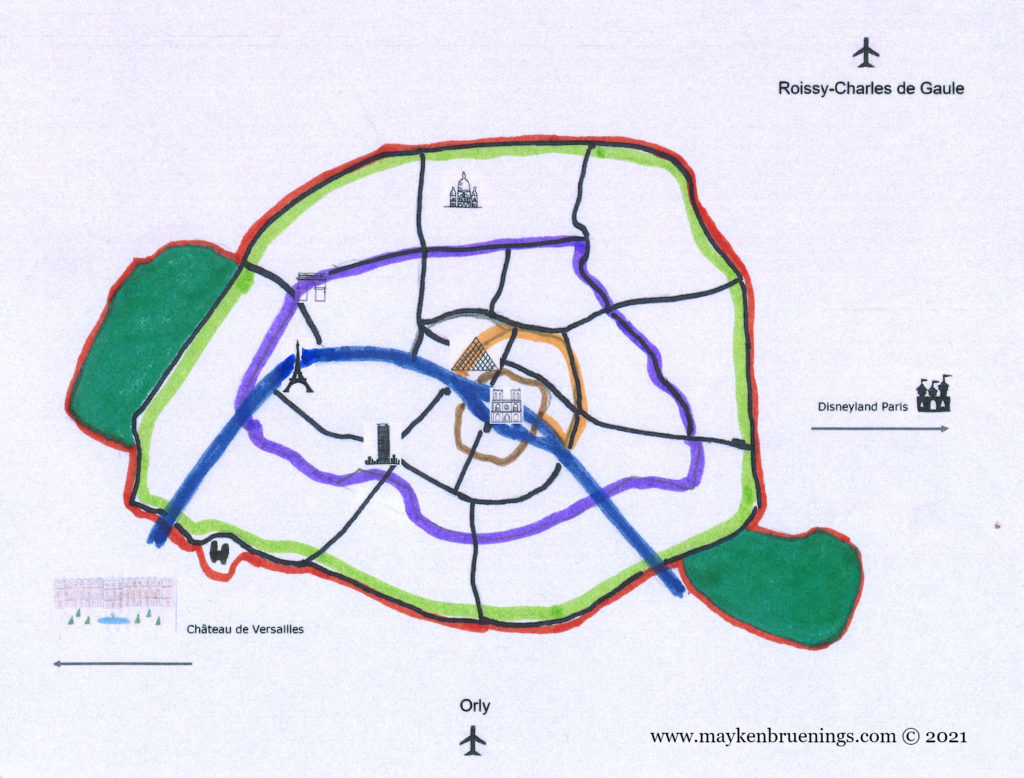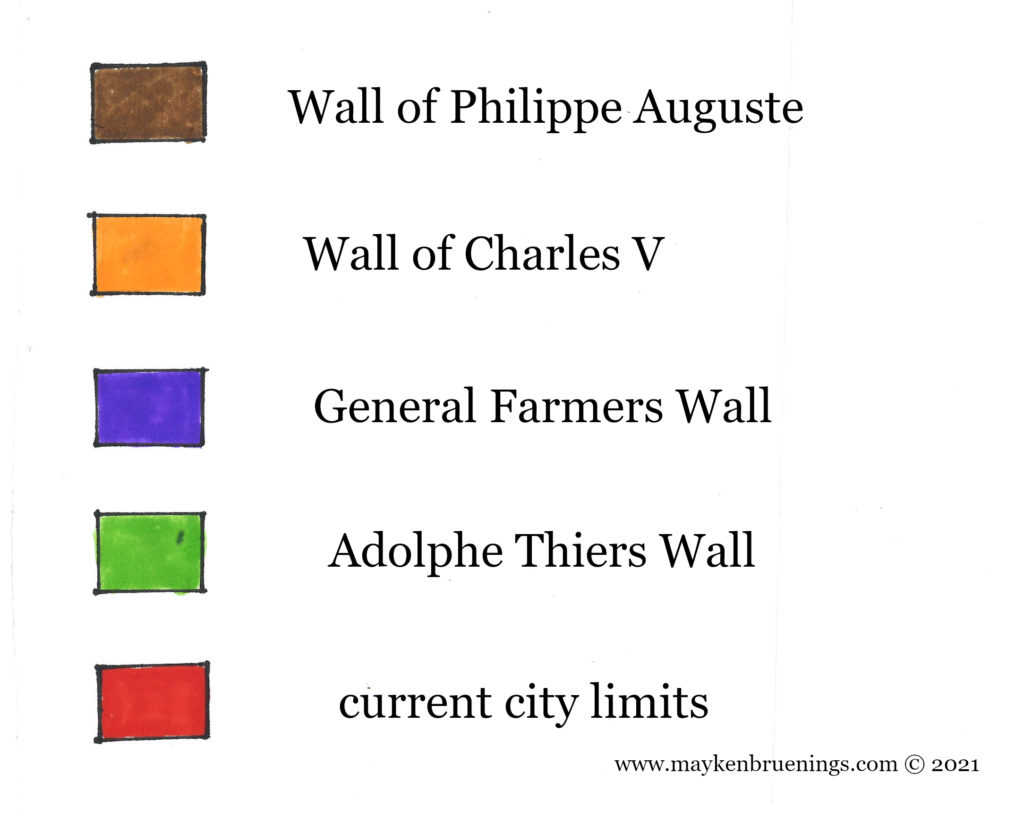The Ferme Générale was an outsourced customs, excise and tax collection operation created under King Louis XIV in 1681. It taxed goods coming into the city in the name of the king. Between 1784 and 1791, it built a 5m-high and 25 long wall around the city that was not meant to protect against invaders but to prevent any merchandise to enter the city without paying taxes. However, smugglers used the old quarries running under the wall in what is today the 14th arrondissement.
Two entry points of this tax wall can still be seen today: the lodges of the barrière d’Enfer at Denfert-Rochereau in the south (14th arrondissement), and the barrière du Trône at Place de la Nation (11th/12th arrondissements) to the east.
